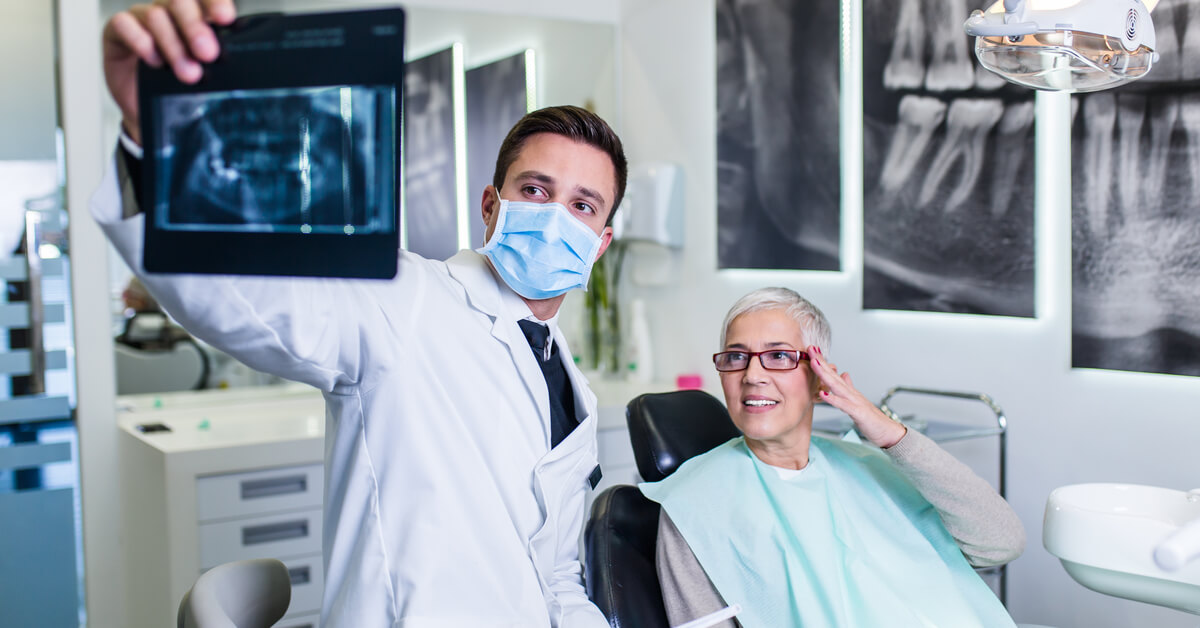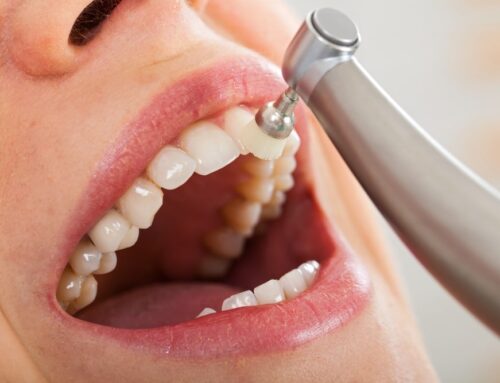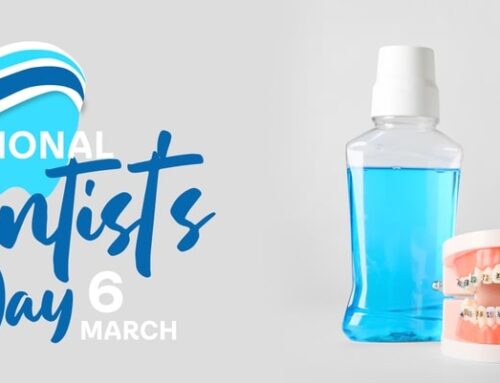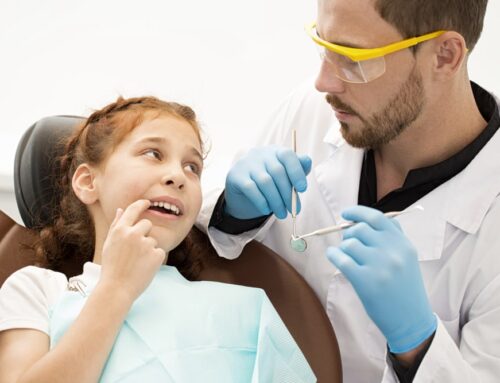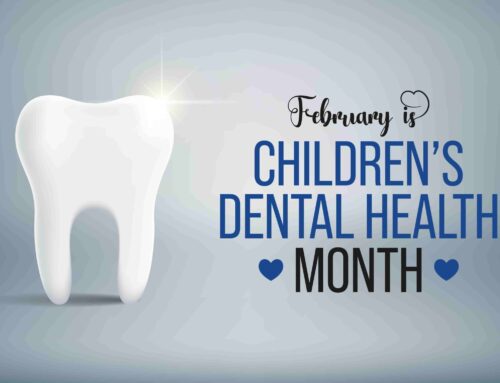During a routine dental exam, your dentist will look at the health of your teeth and gums as well as how healthy you are overall. They may scrape away plaque from your teeth and check that no tartar has formed. Your gums will be checked for any signs of gum disease or infection; if they do find something is wrong, it can then be treated early to prevent more serious problems later on.
Your dentist may also notice cavities in between visits, and as a result, schedule time for them to be treated. Otherwise, they will become larger and require more extensive repair. If oral cancer is suspected, the dentist might remove tissue samples to test whether there is a problem developing.
As part of an oral exam you might have your teeth cleaned. Your dentist will use tools that involve the use of dental floss, toothpaste, or a special paste. Your gums might be irritated by this so your dentist may offer you some sort of pain relief. Additionally, the cleaning may involve taking X-rays to look for hidden cavities and fractures in the teeth.
Your dentist will also check the health of your tongue, lips, cheeks and throat. They may take photographs of these areas if they suspect something is wrong with them – such as oral cancer – so that further tests can be performed without needing to touch any part of your body.
Oral cancer is one of the most common types and it takes several years for symptoms to develop; early detection can help ensure that it is treated successfully. The cells of skin can often be compared to the cells in your mouth; this means that they can give important information about whether or not cancer is likely to develop down the line.
Like any medical check-up, this is an important part of looking after your health. Visiting the dentist at least twice a year can help maintain your oral and esophageal health; you should make sure that you do not skip visits and always let your dentist know about any problems with your mouth.
What is a routine dental cleaning?
A routine dental cleaning is the process where your dentist cleans all of the visible parts of your teeth to make sure that they are healthy and do not have any damage or cavities. Flossing and brushing alone may not be enough to clean between all of your teeth; this means that food and bacteria can stay trapped there and cause problems later on. A routine dental cleaning usually involves:
-
Your gums being checked for any sign of infection or injury
Plaque removal, scaling and root planing may be required if found something is wrong with them
-
X-rays
This reveals hidden problems such as tooth decay, gum disease, abscesses within the teeth, fractured teeth and more.
-
A cleaning to remove plaque from your teeth
This detailed and thorough cleaning will wash away the plaque, bacteria, and food that regular brushing and flossing tends to miss.
-
Teeth are polished or covered with a protective layer
Known as dental sealants, these protective layers safeguard your teeth against germs that can potentially lead to cavities or tooth decay.
-
Your dentist may provide information to manage plaque and bacteria at home
They can provide you with an appliance (if necessary) that is designed to help you better maintain your dental health during the week between visits. Without it, problems including gum disease and tooth decay can develop within as little as 2 weeks.
How long does a routine dental exam and cleaning take?
The time for this procedure depends on what else is found; some x-rays may need to be done which takes longer than others. Usually, however, it should be about an hour — give or take.
Who should get a dental cleaning?
Everyone. It is recommended that you see your dentist once every 6 months. This ensures that any problems can be picked up early and treated so they do not become worse or cause more damage to your teeth. If you currently have gum disease, this should be taken care of before the rest of the teeth are cleaned; otherwise, if left untreated it could lead to other conditions such as osteoporosis in addition to worsening oral health.
How does a dentist clean my teeth?
A dentist will use either an ultrasonic scaler tool with water stream or hand instruments – which include files, scrapers and picks – to carefully remove any plaque or tartar from your teeth. Your mouth will be numbed first so you should feel no pain during the procedure; once they have finished, however, you may experience some soreness around the mouth as well as a metallic taste in your mouth.

